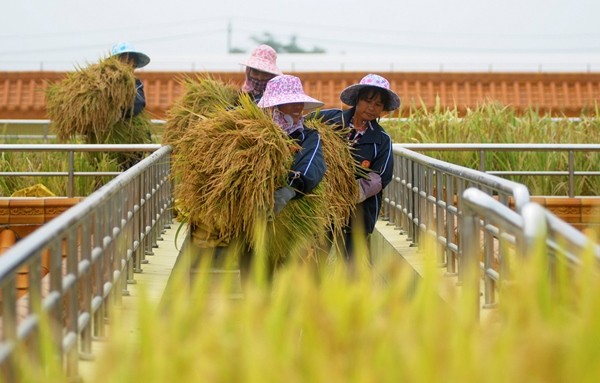Chinese consumers prefer Japanese rice than the locally produced rice because of fear of contamination with the latter.
A seller who identified herself as Ying Ying said that the "Chinese rice farmers use pesticide" and she also added that "Japanese rice isn't polluted by heavy metals."
Pollutants from the factories contaminated China's soil and water. Guangdong Province officials found that 44 percent of rice samples contained excessive levels of the metal cadmium, which can infect the liver and kidney.
Further, 16.1 percent of soil in China is contaminated, according to the study by the Ministry of Environmental Protection that was released in April 2014.
Japanese rice is neither cheap nor easy to find in China. Japanese rice imported by Chinese grain trader COFCO sells for 74 yuan ($12) a kilogram on PinStore, an online supermarket run by Japanese trading house Sumitomo Corp. Domestic rice sells there for as little as 7.5 yuan per kilogram, Yahoo News reported.
Too meet the demand for Japanese rice, Chinese producers said that they are now using Japanese seeds and are promoting their own rice as a safer alternative.
A Japanese rice variety, Echizen brand rice, is cadmium-free and grown from water and "pure sources" to ensure its quality, Zhejiang Xinxie Yueguang Agricultural Science and Technology said.
The Echizen rice passed the tests for lead, cadmium, mercury, pesticides and other chemicals, Li Jun, general manager at Zhejiang Xinxie Yueguang stressed.
Customs data shows that the Chinese people consume around 120 million tons of rice annually and imported rice registered at 2.2 million in the first 11 months last year.
Japan only exported 3,777 tons of rice in January to November last year, according to the data from the agriculture ministry. The country is aiming to boost its rice exports to Asian countries.



























